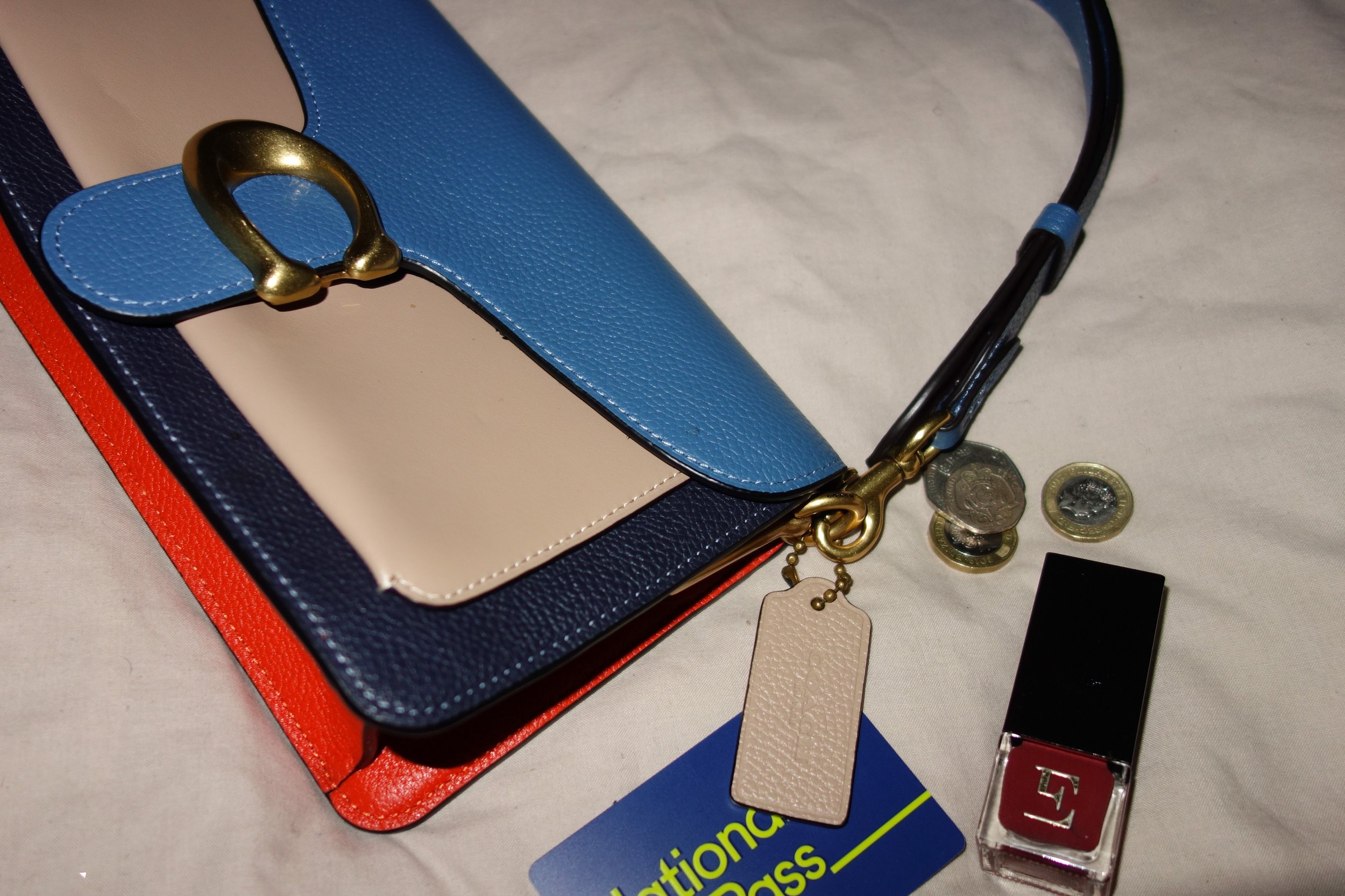The rise of the mid-priced brand
Over the past 5-10 years, there has been in insurgence in the popularity of mid-priced/affordable designer brands.
Think Ganni, Baum und Pferdgarten, Staud, Kitri, Stand Studio, The Frankie Shop, Anine Bing, By far, Aligne, Reformation and more.
They’re the kind of brands that are significantly cheaper compared to luxury brands such as Fendi, Versace, Chanel, Dior and Gucci. However, they would be considered expensive in comparison with fast fashion or high-street brands like Zara, H&M, Primark, Pretty Little Thing and Boohoo.
I think a big part of why mid-priced brands have become so popular is because they appeal to people that can’t afford a closet full of luxury brands but want to move away from buying cheaper clothes. I also think they send the right kind of signal that many people want to send, whether they are aware of it or not.
Many of the mid-priced brands are considered as designer and so still hold a level of status in the way that Prada and Louis Vuitton do but for a fraction of the price. Mid-priced brands are considered as much more attainable than traditional luxury fashion.
Mid-priced brands appeal to people who would have perhaps never shifted away from solely shopping at high-street/fast fashion brands because luxury designer brands were unattainable. Let’s say a mid-priced dress costs £300. It’s easier to save for and purchase because it’s not so far out of reach. For the average person, I think it’s much more likely that they will spend £900 on 3 dresses than spend £900 on one dress.
Mid-priced brands also appeal to those of us who are more environmentally conscious. Instead of spending £28 on a high-street dress that probably isn’t great quality and won’t last for long, we can instead spend £260 on a dress that is not fast fashion, will hopefully last longer and be of better quality.
Going back to the idea of status, being able to say ‘Thanks, the dress is from Ganni!’ when someone pays you a compliment and asks where your dress is from or ‘No, I don’t shop at Zara anymore. But I got some great stuff from Wales Bonner in the Net-a-porter sale a couple weeks back.’ if someone asks if you managed to get anything good in the Zara sale can be quite appealing. Furthermore, a greater focus on sustainability and the environment for many people means that there is less excitement over cheap clothes.
If we were to create personas for a high-street/fast fashion shopper, a mid-priced shopper and a luxury designer shopper. The one in the middle would probably be the most appealing. Fast fashion is often synonymous with cheap, whilst luxury fashion is seen to be unreasonably expensive with many items costing more than the average UK monthly wage.
Meanwhile, the mid-priced brands are viewed as cool, they’re expensive enough to not be considered as cheap without the price being regarded as ridiculous, yet many of the brands still come with a similar status or feeling of those that are more expensive.
Then, on perhaps a more shallow note, these mid-priced brands are worn by celebrities and influencers. Fans of these people can much more easily have what they have when it’s a £215 Tommy beaded shoulder bag from Staud than a £2,370 Cassette Intrecciato-leather cross-body bag from Bottega Veneta. It allows a greater number of people to participate in item specific trends without having to buy dupes or knock-offs.
I think the shift away from cheaper clothes is a great thing as it probably means we will start to hold more value in the things that we buy. I also understand that these mid-priced brands are still considered out of reach for those that simply can’t afford them or they’re considered way too expensive for people that just want to buy cheap stuff.
However, it’s clear that mid-priced brands are incredibly popular and are continuing to grow. They appeal to a wide range of people such as those who are fashion conscious, those who are willing to spend more than high street prices on clothes and those that want designer items at an affordable price.


